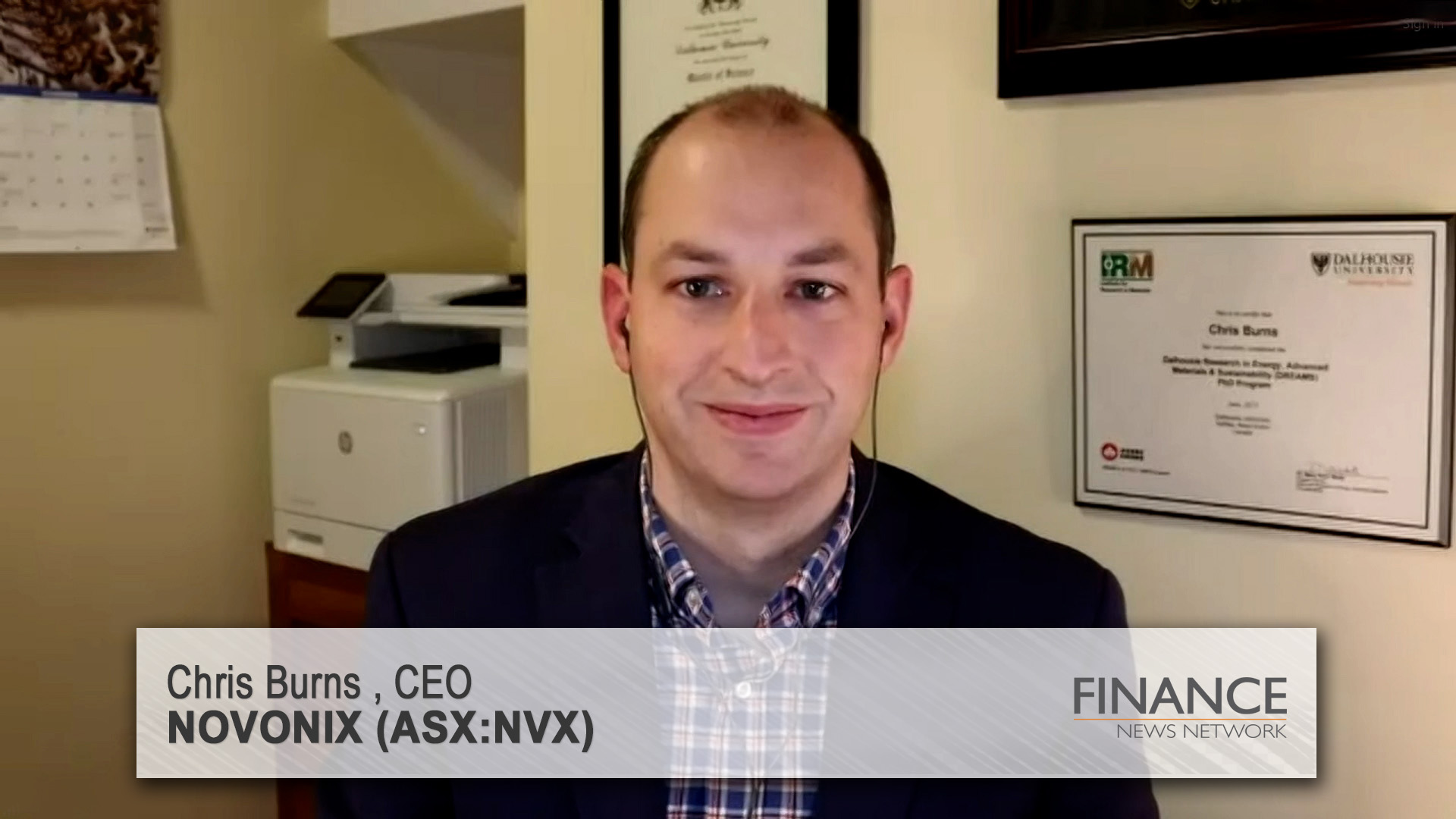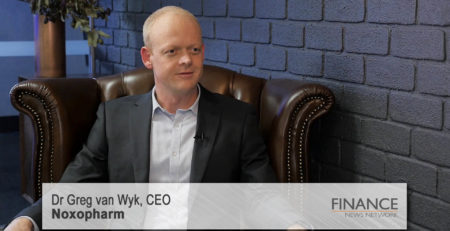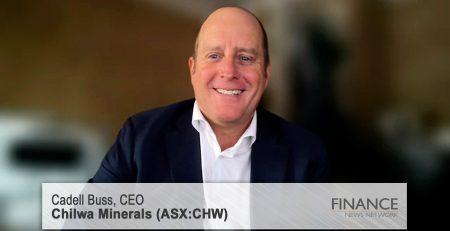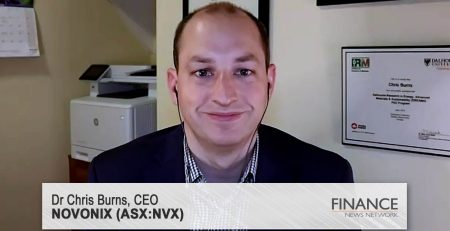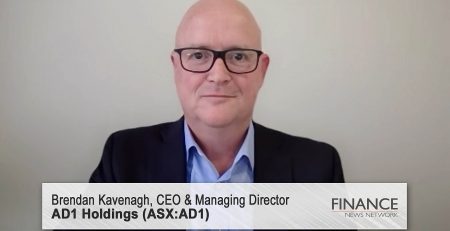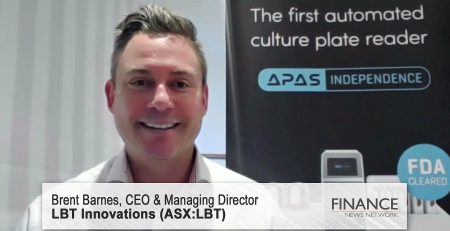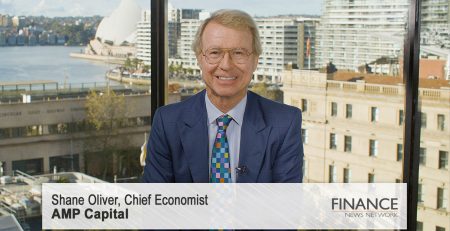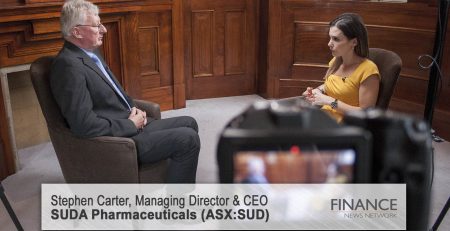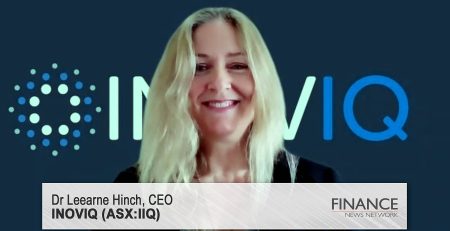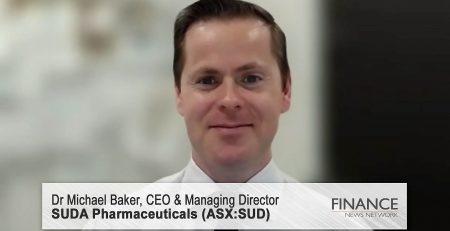Revolutionizing clean energy: NOVONIX CEO on grant funding and future of graphite
Paul Sanger: I'm Paul Sanger for the Finance News Network, and today, I'm talking with NOVONIX (ASX:NVX) and they have a market cap around 330 million. NOVONIX provides revolutionary solutions that enable the adoption of clean energy through the development of innovative technologies and high performance anode and cathode materials, to service the electric vehicle and energy storage marketplace. We welcome back NOVONIX CEO, Chris Burns. Welcome, Chris.
Chris Burns: Hi, Paul. Great to be back.
Paul Sanger: Now, Chris, to kick things off, firstly, a huge congratulations on the news that you've finalized the 100 million grant from the DOE. I know it's been a long time coming and no easy task.
Chris Burns: Absolutely. It's been a year since we announced being selected for the initial award, and we worked very closely with the Department of Energy and their manufacturing and energy supply chains group to find the best route for this grant to be effective, not just for NOVONIX, but for the administration goals. And the result of that has been that we've changed the award size to $100 million, but actually directed that funding into our Riverside facility. So this is going to allow us to start accessing grant funding next year, as we start ramping that plant capacity up, to reach that initial target of 3000 tons per year, next year, on the build out to 20,000 tons within that facility.
Paul Sanger: And Chris, how important will this grant funding be for the fast tracking of the company's Riverside facility? Is the expansion fully funded?
Chris Burns: So this grant funding is a huge milestone for us. Of course, financing is a big area of focus for the company right now, as we have the ability to expand our Riverside project. And then, of course, as we look at new sites in the future. So we still have a strong balance sheet with over 85 million US in cash reported in September 30th. And we have to match the government funding at least dollar for dollar for the 100 million that we have been awarded. So we're looking at other forms of capital to bring to the project, and it's really going to be defined by our engineering package, that we'll look to complete in the first quarter, that'll define that total expansion size, both in production output as well as cost.
Paul Sanger: And what's the timeline for the ramp up to 20,000 tons per annum at Riverside? And what is the maximum likely capacity that that plant can produce?
Chris Burns: So our goal is to reach 20,000 tons, and of course, we'll confirm this, whether we're able to go past that or fall short of that just slightly, within the engineering work that we'll complete in the first quarter. But we're really focusing on the timeline being customer led. We're building out the plant in modules, and we're continuing to flow investment into the facility over the coming years, both from our investment as well as now the support from the MESC grant. But we are going to be focused on following the demand of core power, hopefully other off-takers that we bring into the facility, so that we're really deploying that capital in time to start generating the revenue.
Paul Sanger: And can you also give us an update on the potential loan funding from the DOE?
Chris Burns: Absolutely. So we had previously announced as well that we had an application with the Loan Programs Office for a new Greenfield facility to be built in the US as well. So we had applied both for the grant funding for that facility, as well as a loan. And part of working with the Department of Energy was to segregate those programs and again, re-scope the MESC grant into Riverside, which is now not going to pose any potential conflict between two government funding supporting a future expansion site and a new construction site. So we've been invited to the diligence phase, that we're going to work through with the Department of Energy Loan Programs Office next year, really on the focus of building that as the key financing part of that package.
Paul Sanger: And what's the status of negotiations currently with potential off-takers?
Chris Burns: We're continuing to do very well on the commercial side, both in product sampling, qualification, and commercial negotiations. Of course, a few months ago, we announced the investment from LG Energy Solution and the joint development agreement that we've entered, that will look to initiate a supply agreement upon completion, again, with a 10 year proposed first term. So we're really focused on how we can solidify commercial deals, that are going to finance the success of the company moving forward. And of course, with the recent export control measures implemented by China or announced by China to be implemented December 1st, there's a lot more focus on where people will be sourcing their graphite materials for the plants that they're building here in North America.
Paul Sanger: And on that topic, what is your view on the outlook for graphite, specifically synthetic graphite, for anode materials, the demand and the pricing?
Chris Burns: So the demand is going to continue to be very strong. And again, I mentioned that initial 10 year term with LG Energy Solution. Graphite will be the anode of today and tomorrow, as it's the key material that's enabling high energy batteries with long cycle lives for vehicles. And again, this is where we see, typically, the EV manufacturers favor synthetic graphite over natural, because of the longevity that they can provide in the battery. So we're seeing premiums, relative to China, for the North American market, and of course, how these export controls play out and how other government policies on the US side, such as the Section 301 tariffs, play out may give much upside in the pricing of our materials in the US compared to the unit economics that we released to the market.
Paul Sanger: And it's pretty fair to say, Chris, you mentioned the news out of China, obviously curbing graphite exports in the 1st of December. It's critical now for projects like NOVONIX do get up and start producing synthetic graphite, to counteract the problems that that can cause in the supply chain, yeah?
Chris Burns: Absolutely. There's going to be short-term impacts from these export control measures, but also the most daunting are potentially those medium-term imports impacts, where, if the US continues to build out their cell manufacturing and rely on Chinese graphite and then, taxes are put on those exports or constrictions are put on those exports, to limit their ability to feed the US plants, there isn't an established plan B. So it's critical that we build these types of plants in the local market, so that there is the option for the customers that we work with to be able to flex that supply and source from the local market.
Paul Sanger: Chris Burns, absolute pleasure. Thank you for your time today.
Chris Burns: Great, thanks, Paul.
Ends.
Copyright 2023 – Finance News Network
Source: Finance News Network

